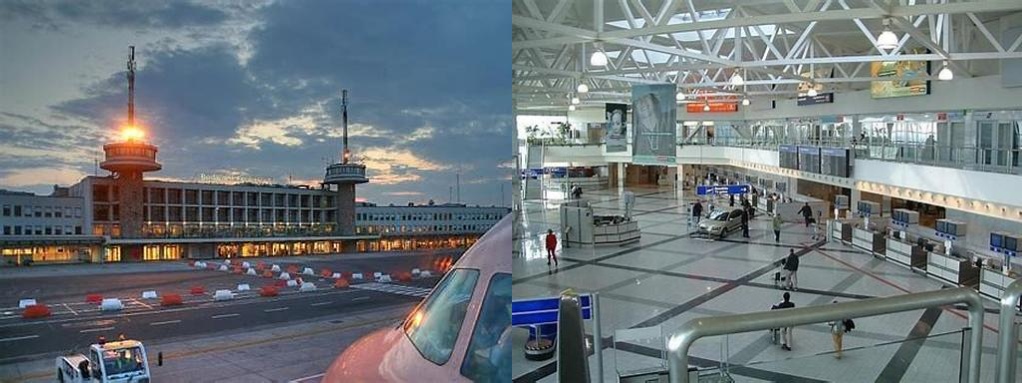
Budapest Liszt Ferenc International Airport Terminal 1 might not be what pops into most people’s minds when thinking about great urban architecture or rich historic landmarks, yet for anyone even slightly intrigued by travel, aviation, or design, this building offers a fascinating and memorable journey into Hungary’s aviation heritage. The Terminal 1 check-in building is exquisitely situated on the southeastern edge of Budapest, yet feels connected to the pulse of the city thanks to its storied past and iconic presence. To walk through its doors is to trace the strides of Hungarian and European civil aviation—and to bask in the blend of Art Deco elegance and practical mid-century design.
Constructed between 1939 and 1942, the Terminal 1 building replaced the earlier Ferihegy airfield terminal, swiftly becoming one of the most celebrated examples of interwar public architecture in the region. Designed by the celebrated architect Károly Dávid Jr., Terminal 1 was notable even in its early days for its groundbreaking Y-shaped design—this innovative layout won international acclaim, reaching the finals in the prestigious Brussels World’s Fair of 1958, which earned extra attention for the airport and Hungary’s architectural talent at large. The aesthetics blend the geometric lines of Art Deco with a sense of restrained, functional optimism: think high ceilings, generous glass surfaces, and those signature smooth curves that beckon visitors to look up and look forward.
For decades, this was the main gateway to Hungary. Countless arrivals, from Cold War politicians to families coming home with huge suitcases after working in distant lands, have stepped below the stylized reliefs that still crown the entrance. It is not just a building dedicated to the logistics of departure and arrival; it’s a silent witness to the turn of history, peace, war, and the slow blossoming of free travel for Hungarian citizens. Even after Liszt Ferenc International Airport Terminal 2 opened in 1985, Terminal 1 continued to hum with life, welcoming charter flights and low-cost carriers well into the early 21st century. Today, its check-in building stands as a poignant monument: not a dusty relic, but a vibrant, accessible space where architecture and memory intertwine.
Devote at least an hour to wandering its expansive, light-filled halls. Even if you’re not catching a flight, it’s worth studying the original fixtures and period touches—from terrazzo flooring to wood-framed check-in desks that echo with the voices of passengers past. The air here still holds the excitement of travel, and occasionally hosts exhibitions, concerts, or special aviation-themed events that fill its halls with a cosmopolitan buzz. If you’re lucky, you’ll catch one of these happenings, when Budapest’s love of music and communal spirit breathes new vitality into the old terminal. Countless aviation enthusiasts also gather at the nearby observation terrace, where you can watch planes soar and land with an atmosphere of nostalgia and hope.
Easily accessible from the city center by train—the Ferihegy railway station is just a short stroll across the road—Terminal 1 is more than just a node in the city’s transportation network. It’s a unique place to contemplate how Budapest connects to the wider world, especially in today’s era of jet-set convenience. The historic check-in building gives a sense of continuity and character that modern terminals often lack, and is a quiet reminder that the places we pass through on our journeys deserve as much reverence as the destinations themselves. For anyone with an eye for design, history, or just a longing to feel the pulse of bygone travel, this building is an invitation to linger—for a moment, or perhaps for a little longer.





